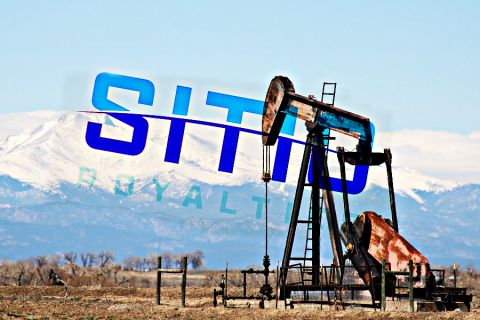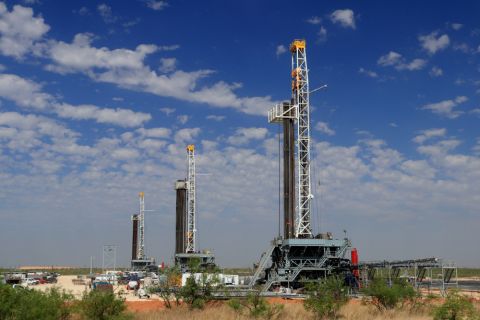U.S. oil output could take more than four years to reach pre-pandemic levels, oil producer Hess Corp. said on July 28, sticking to its spending plan despite rising demand to focus on shareholders returns over growth.
WTI crude prices in the U.S. have jumped over 50% this year but in a departure from previous boom cycles, shale producers have hunkered down to their previously stated plans for spending and production to provide greater investor returns by way of buybacks or dividends.
“Shale will not be growing at the level that it was growing at in the last five years ... it’s going to be hard to get to pre-COVID levels of 13 million barrels a day probably for the next three or four years,” CEO John Hess said on an earnings call.
Hess added that oil demand was running at about 98 million bbl/d, about 2 million less than pre-COVID levels globally.
The company will add one rig in North Dakota’s Bakken basin in September. It also said it expects net output in 2021 to be 295,000 boe/d, which is the upper end of its previous forecast range of 290,000 boe/d to 295,000 boe/d.
Still, Hess maintained its E&P capex forecast at $1.9 billion.
Benefiting from a 30% sequential rise in average prices for its crude to $59.79/bbl, the company beat expectations for second-quarter adjusted profit.
But its production, excluding Libya, fell 2.5% to 307,000 boe/d.
Hess shares were up 3.2% at $76.44 in afternoon trading.
Recommended Reading
Sitio Royalties Dives Deeper in D-J with $150MM Acquisition
2024-02-29 - Sitio Royalties is deepening its roots in the D-J Basin with a $150 million acquisition—citing regulatory certainty over future development activity in Colorado.
UK’s Union Jack Oil to Expand into the Permian
2024-01-29 - In addition to its three mineral royalty acquisitions in the Permian, Union Jack Oil is also looking to expand into Oklahoma via joint ventures with Reach Oil & Gas Inc.
EIA: E&P Dealmaking Activity Soars to $234 Billion in ‘23
2024-03-19 - Oil and gas E&Ps spent a collective $234 billion on corporate M&A and asset acquisitions in 2023, the most in more than a decade, the U.S. Energy Information Administration reported.
Marketed: Private Seller Certain Royalty Properties in D-J Basin
2024-02-13 - A private seller retained RedOaks Energy Advisors for the sale of certain royalty properties in the D-J Basin.
TotalEnergies, Sinopec to Develop SAF Unit in China
2024-03-26 - TotalEnergies and Sinopec’s production unit will have the capacity to produce 230,000 tons of sustainable aviation fuel per year.




